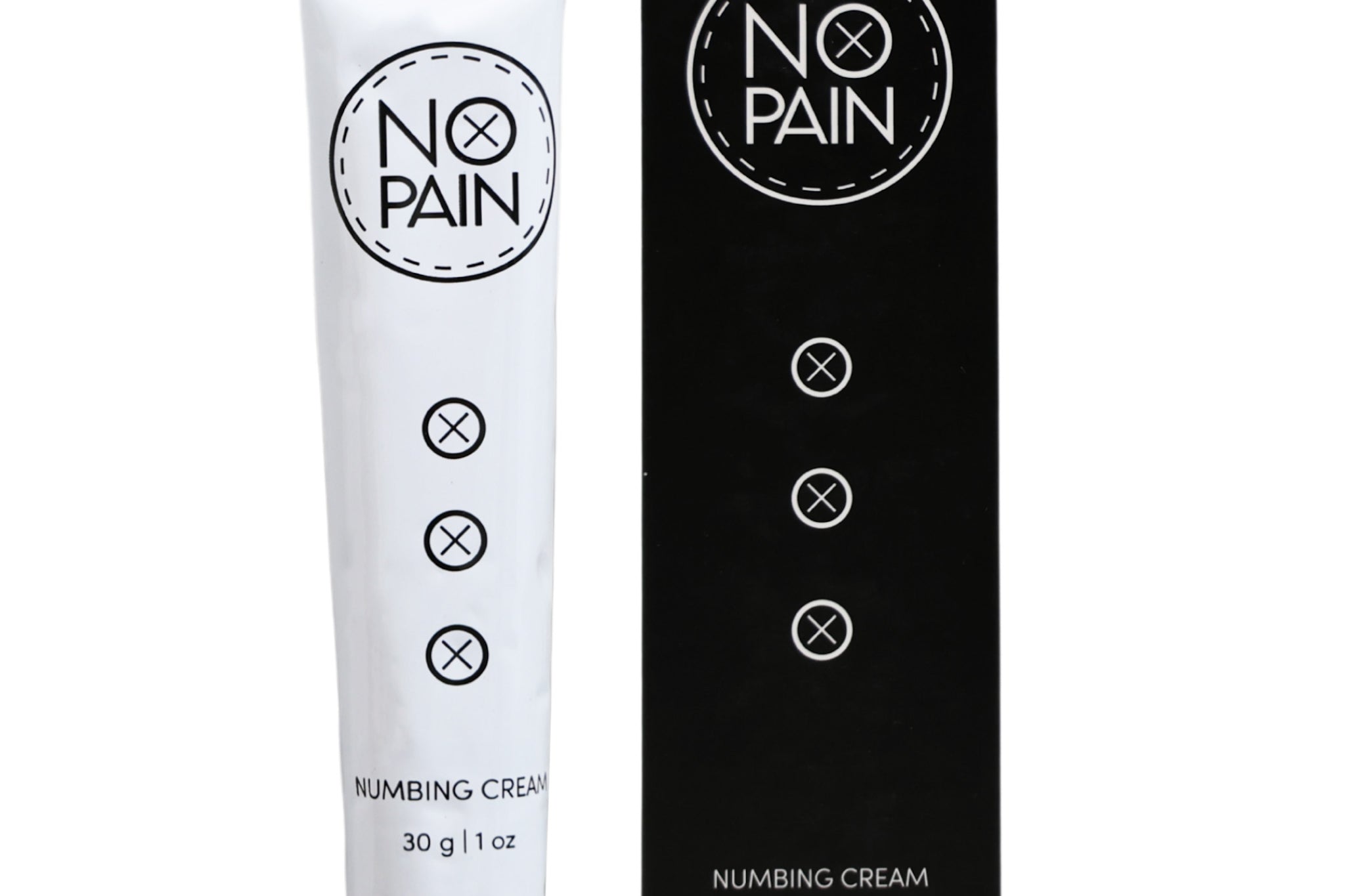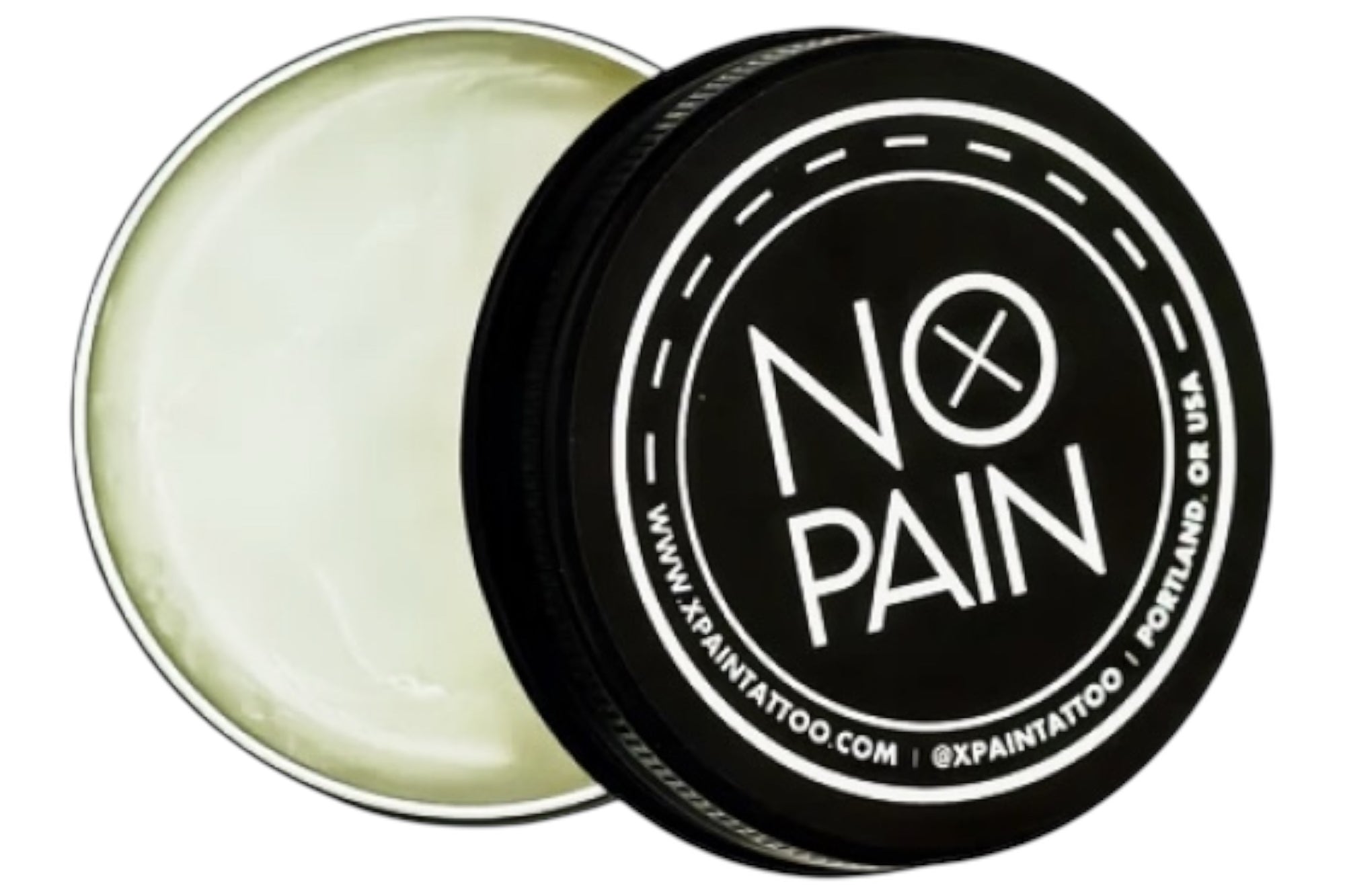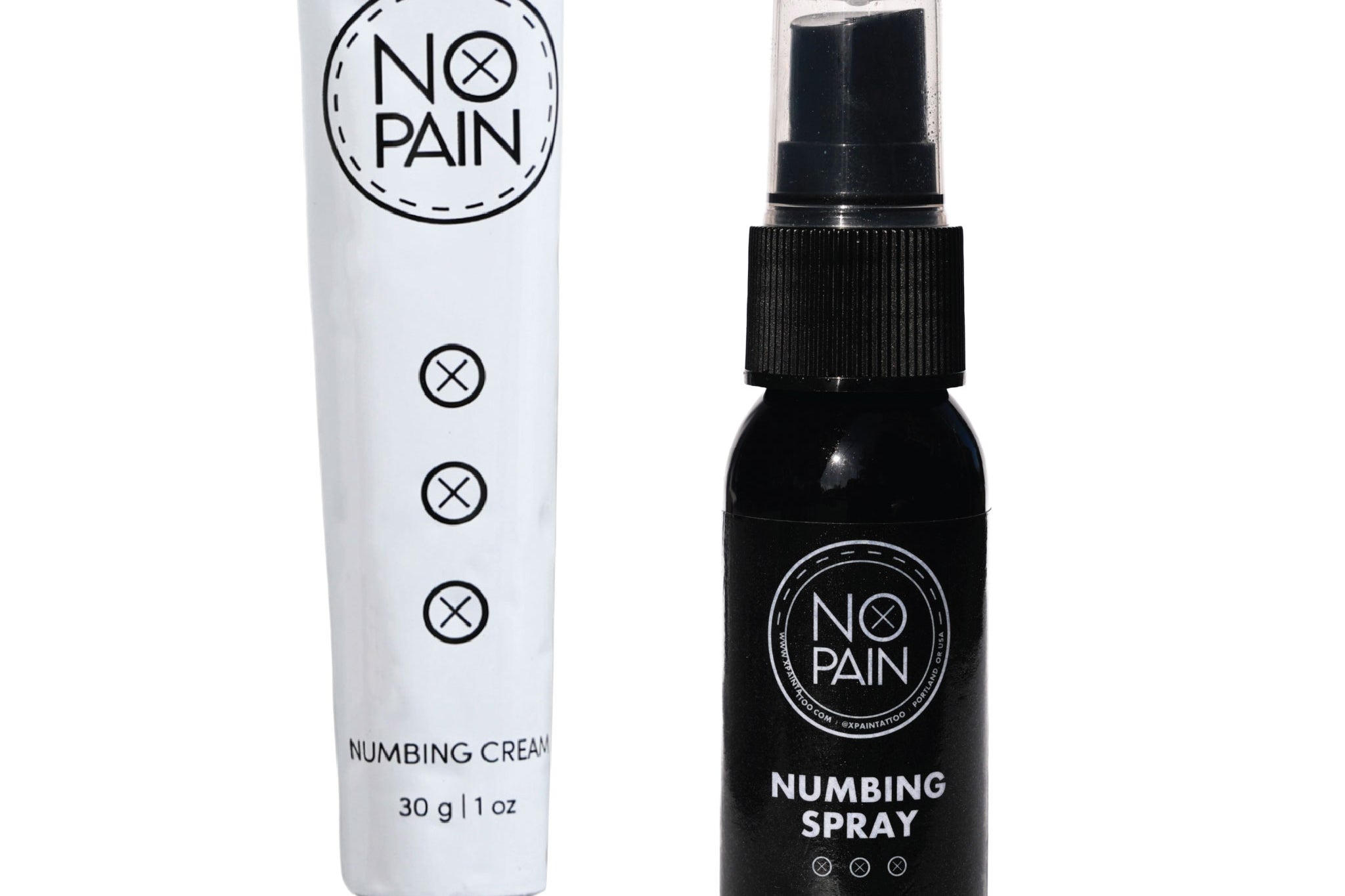Getting a tattoo is a major decision, and it's natural to have questions about the long-term health effects. Of all the concerns, one is more serious than any other: "Can tattoos cause cancer?" It's a scary question that comes up frequently, often fueled by alarming headlines or online rumors.
While the topic is the subject of ongoing scientific research, the current consensus from the overwhelming majority of medical and cancer research organizations is this: There is no direct, proven scientific evidence that shows getting a tattoo causes cancer.
However, the conversation is more nuanced than a simple yes or no. This is your guide to the science behind the concern, the real risks you should be aware of, and the steps you can take to have the safest possible tattoo experience.
The Scientific Concern: What is in Tattoo Ink?
The reason this question exists is because of the composition of some tattoo inks, particularly older or low-quality ones. Some pigments have been found to contain substances that, in other contexts, are considered potential carcinogens (cancer-causing agents).
-
The Main Culprit: Certain chemicals, particularly those found in some colored inks, have been flagged for concern.
-
The Migration Question: It's also known that a microscopic amount of ink particles can migrate from your skin to your lymph nodes over a lifetime.
It is these two facts that have led scientists to study the potential long-term risks.
What the Current Research Says
While the presence of these chemicals is a valid concern, it is crucial to understand what the research has found so far.
-
No Direct Causal Link: To date, major studies have not found a direct causal link between the act of getting a tattoo and an increased risk of skin cancer or other cancers like lymphoma for the vast majority of people.
-
Incidence is Extremely Low: The number of documented cases of skin cancer developing within a tattoo is incredibly small, and in these rare cases, it's often impossible to prove that the tattoo was the cause.
The Real, Known Risk: Infection
While the risk of cancer is not supported by current evidence, the risk of infection from a tattoo is very real and much more common. An infection happens when bacteria enters the open wound of a new tattoo, and it's almost always the result of two things:
-
An unsterile application from an unlicensed or unprofessional artist.
-
Improper tattoo aftercare during the healing process.
An infection can lead to a painful, difficult heal, a permanently scarred tattoo, and serious health complications. This is the risk that every client has the power to control.
Your Action Plan: How to Minimize Every Risk
-
Choose a Professional, Reputable Artist. This is the most important step. A professional artist who works in a licensed, sterile studio will only use high-quality, modern, sterile inks from reputable manufacturers. They are as invested in your safety as you are.
-
Commit to Flawless Aftercare. How to care for a new tattoo is your responsibility. A perfect aftercare routine is your best defense against the real and present danger of infection.
-
Our No Pain Tattoo Aftercare Bundle is designed to create a safe, clean healing environment. The No Pain Tattoo Cleansing Foam is a gentle, antimicrobial wash that is essential for preventing bacterial growth, while the No Pain Tattoo Aftercare Balm provides a breathable, protective barrier.
-
The Verdict: While the conversation around tattoo ink and its long-term effects will continue, the current body of scientific evidence does not show a link between tattoos and cancer. The far more significant and immediate risk is infection. By choosing a high-quality, professional artist and committing to a flawless aftercare routine, you are taking the most important steps to ensure your tattoo experience is a safe and healthy one.



